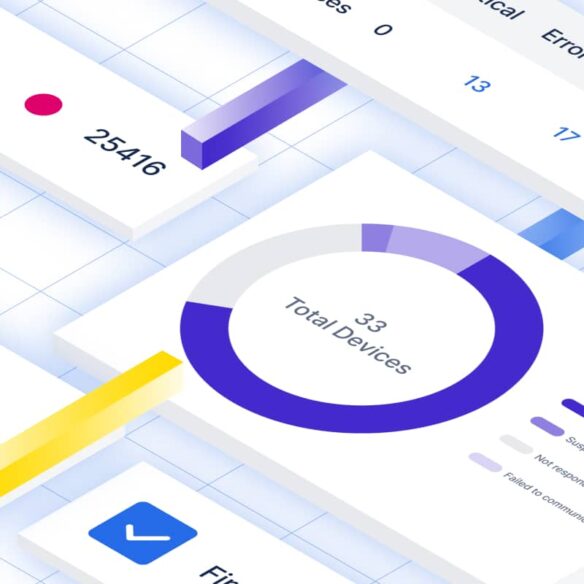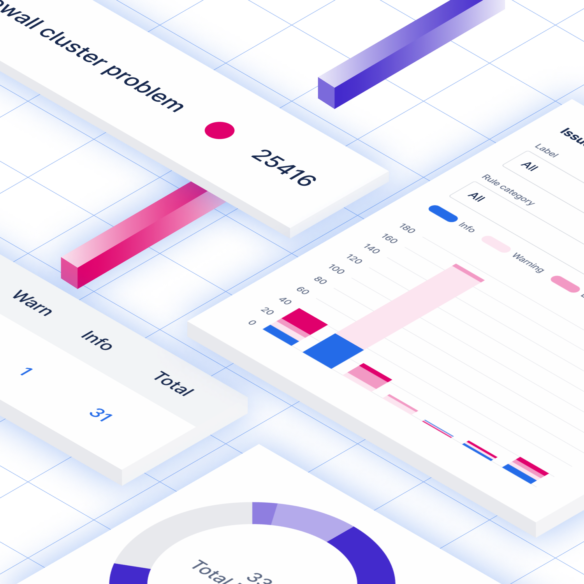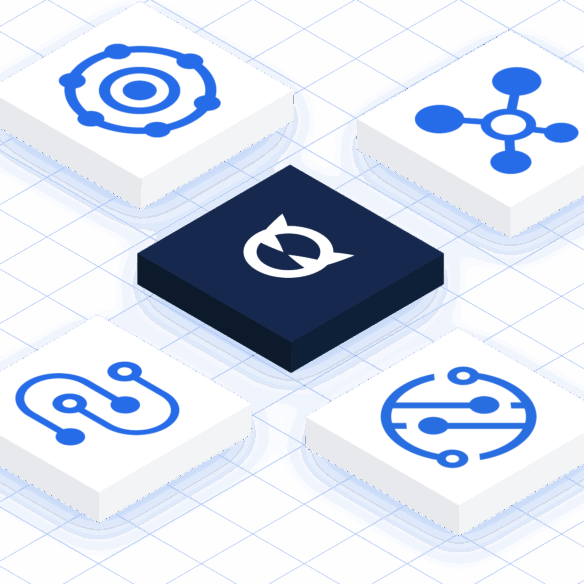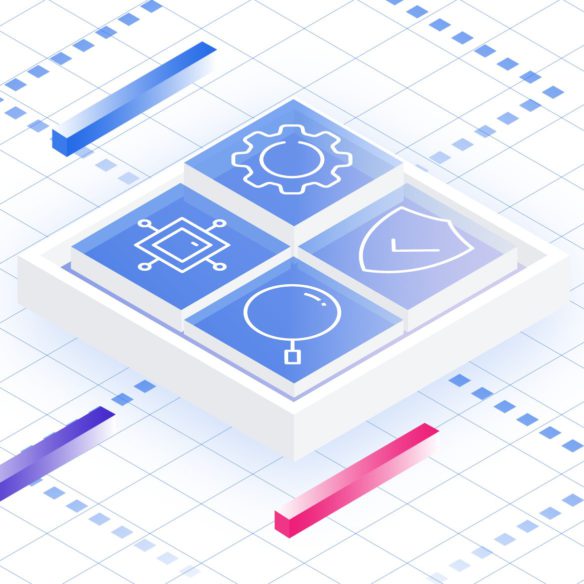Proactive assurance for core network services
LiveAssurance provides automated detection and remediation of misconfigurations and service health issues across DDI management services, firewalls, and load balancers.
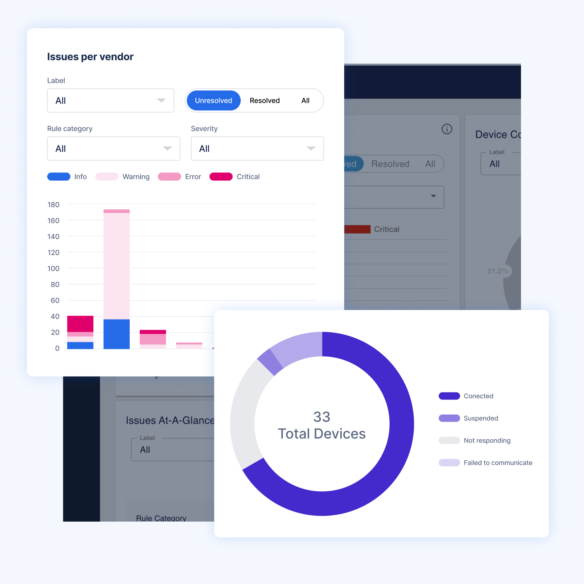
Detect and triage risk, downtime, misconfiguration, and maintenance needs for firewalls and security devices from a wide range of vendors.
Prevent network performance degradation with proactive issue detection and recommended remediation steps for load balancers.
Automated health checks and recommended remediation steps for core network management services such as BlueCat Integrity.
Enhanced visibility
Get a holistic view of your network health to efficiently find and fix issues, errors, and performance bottlenecks.
Improved troubleshooting
With auto-triage that identifies root causes and recommends targeted solutions for complex issues, you’ll never have to Google a problem again.
Proactive optimization
Continuously monitor and optimize network performance to prevent issues before they impact application performance and end-user experience.
Better collaboration
Unify your view of network and application performance to ensure teams collaborate effectively in support of business objectives.

